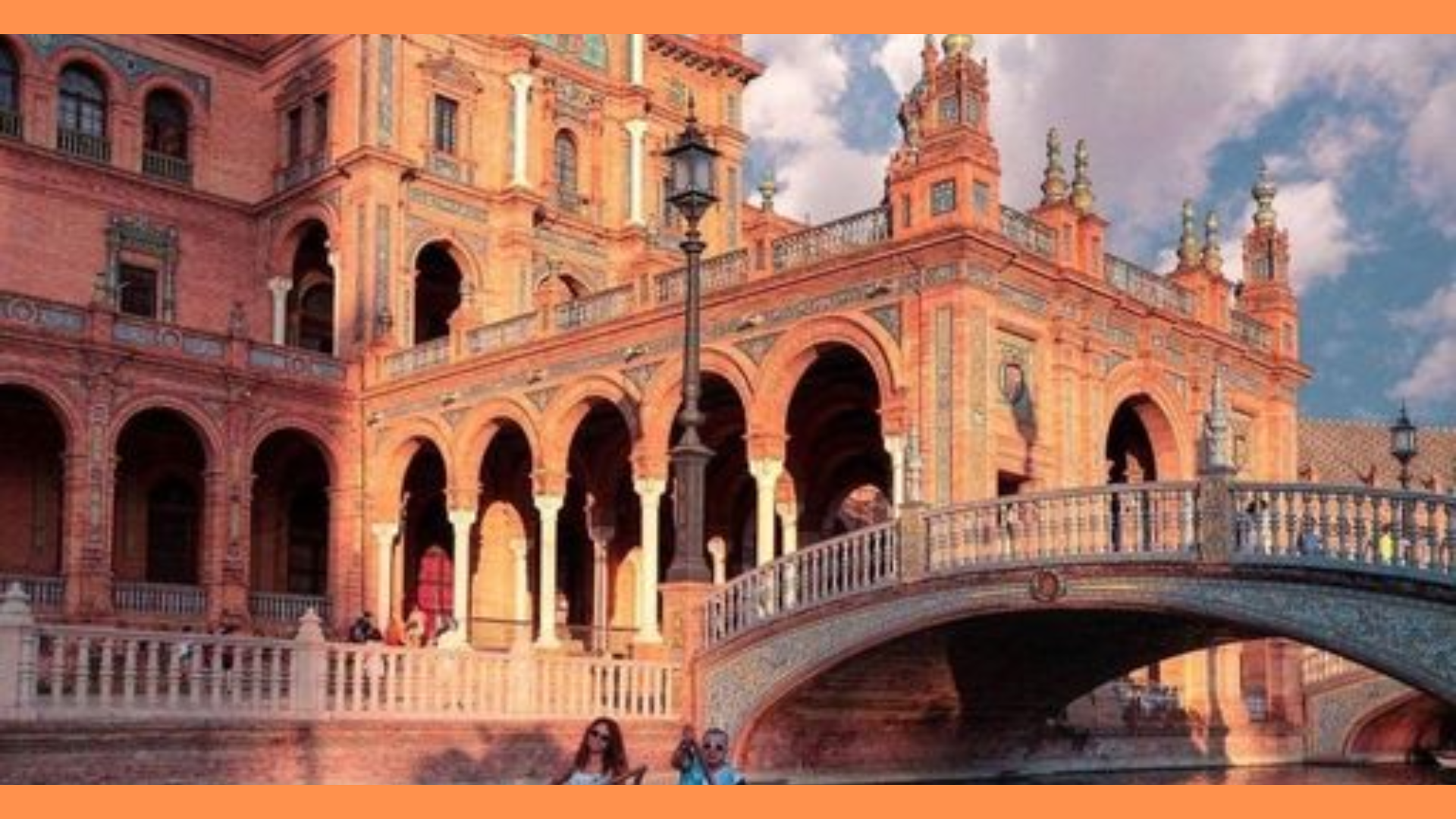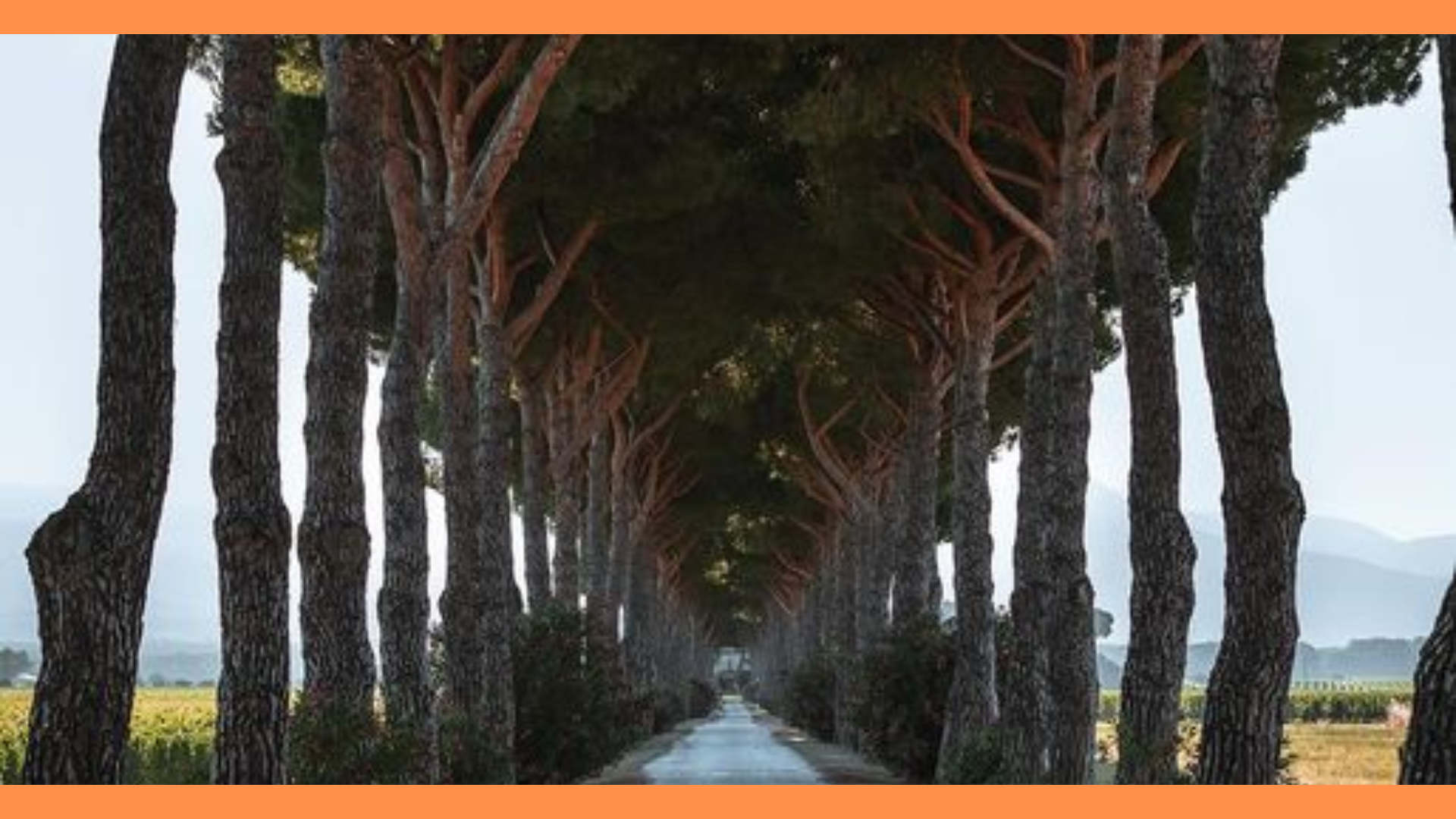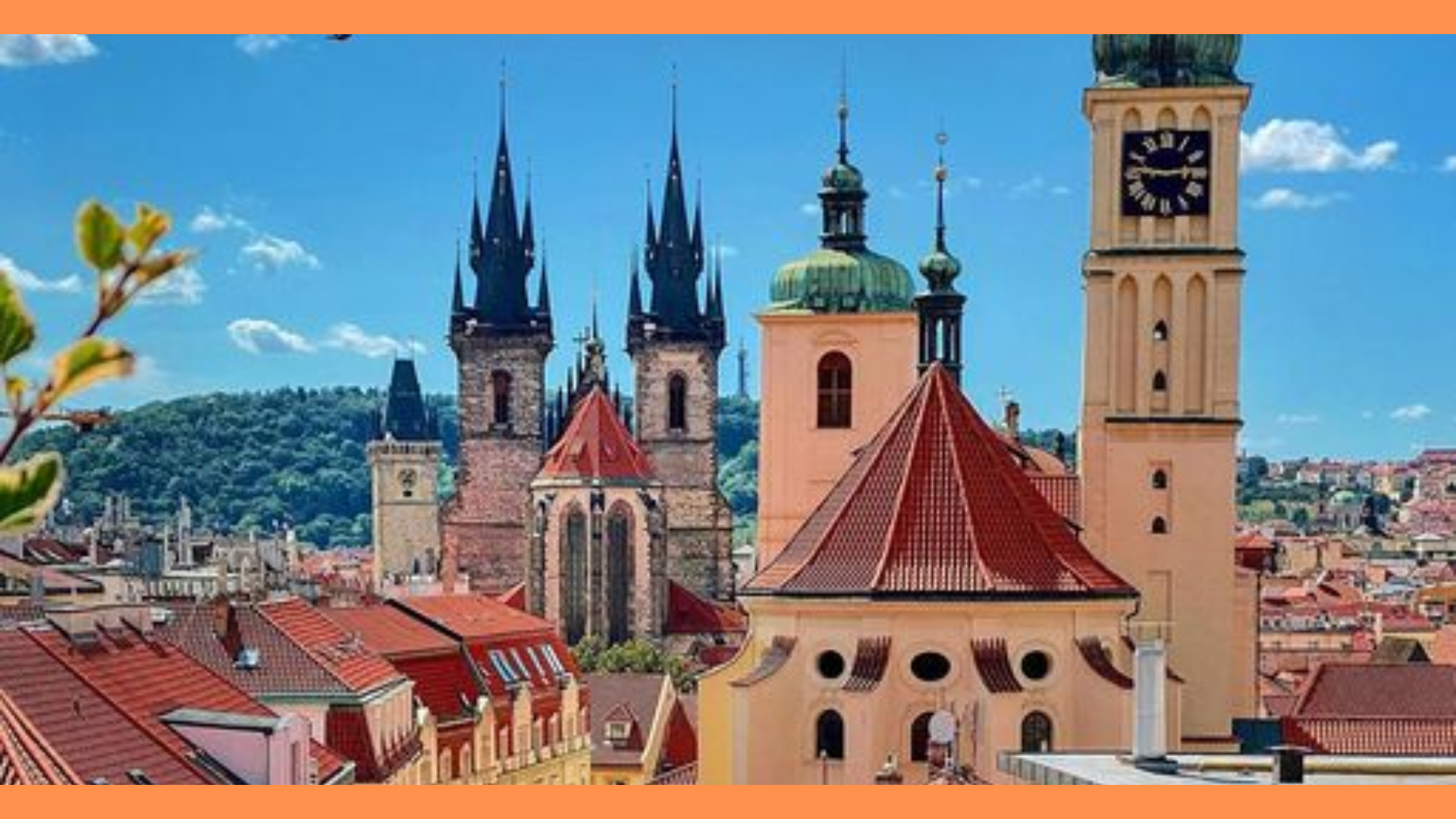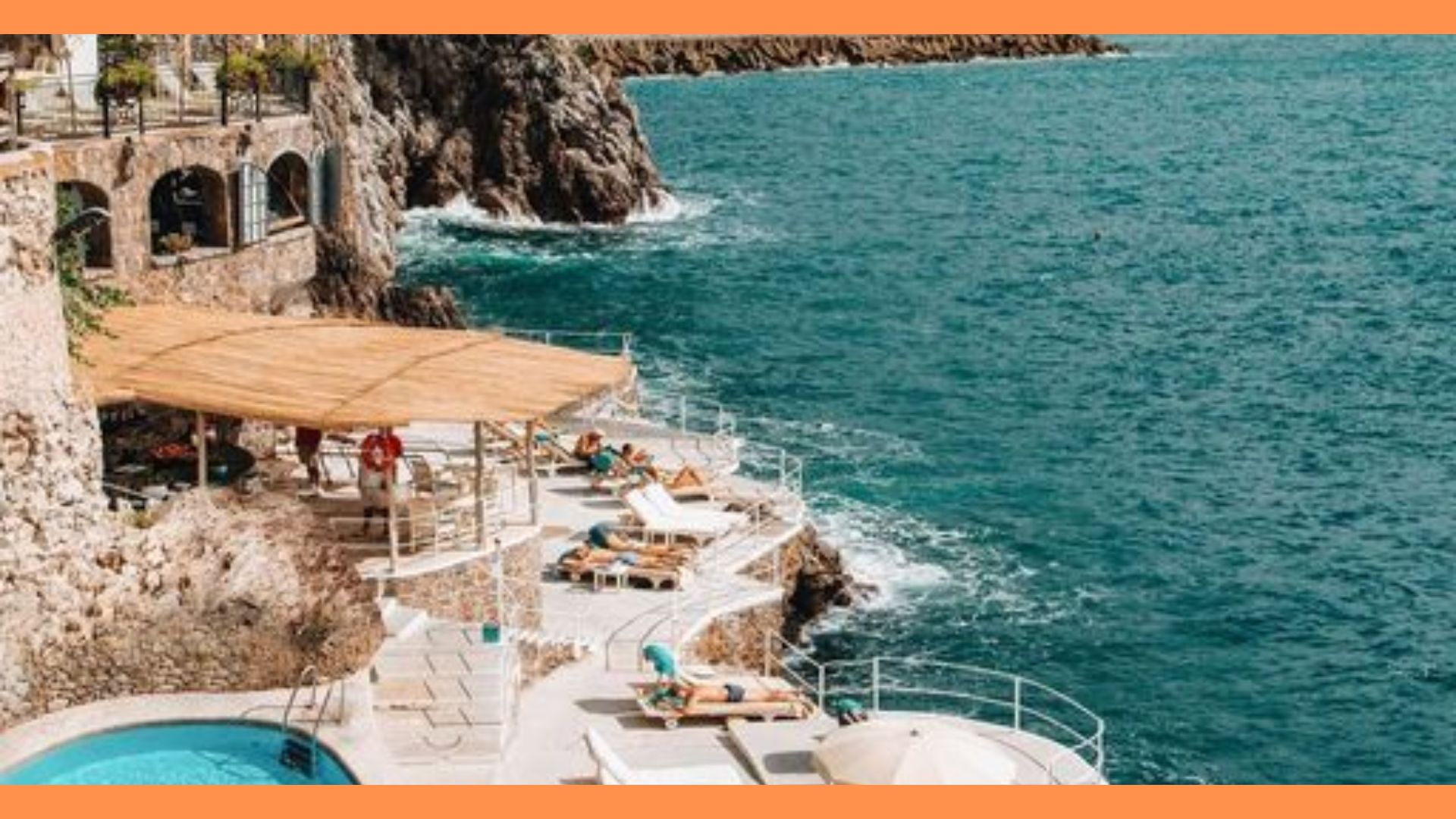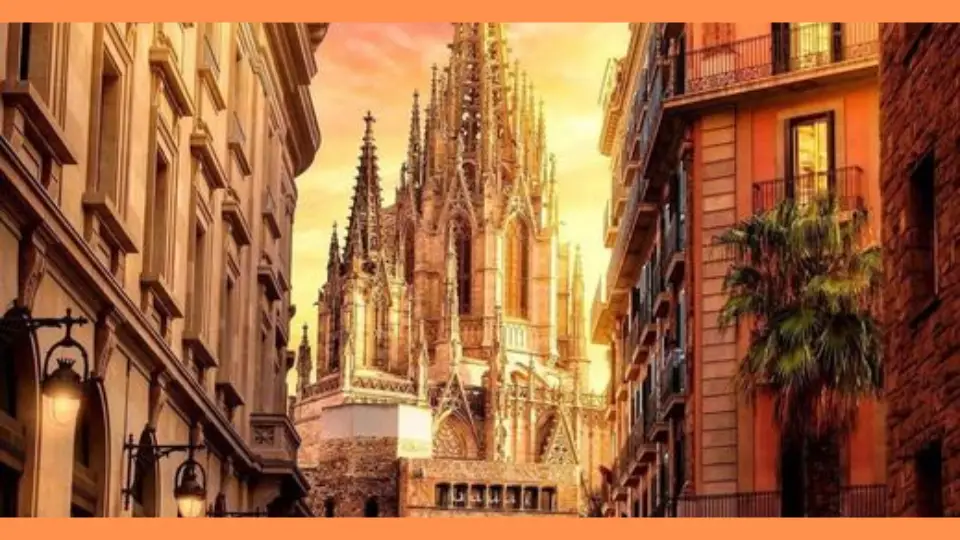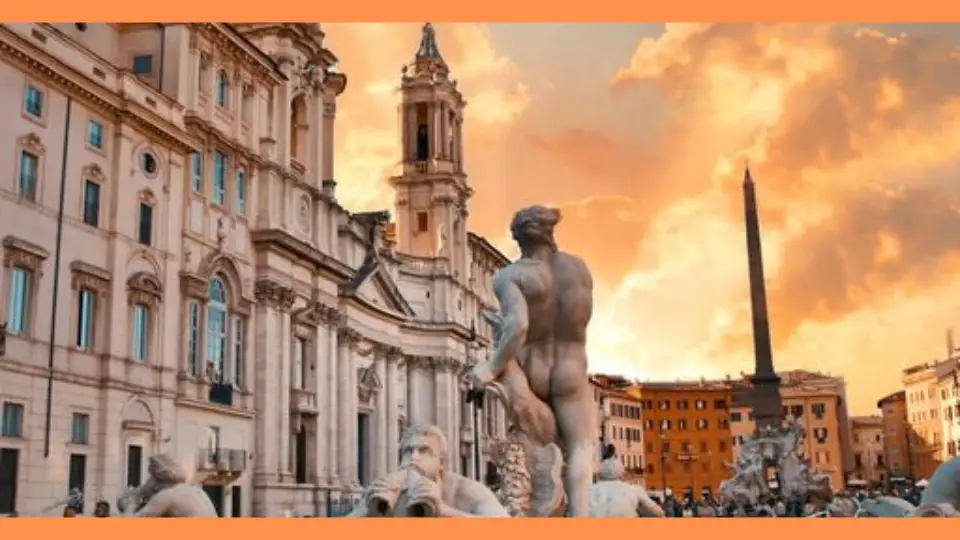Sevilla, the capital of Andalusia, Spain, is a city brimming with historical charm, vibrant culture, and culinary delights. Renowned for its rich history, picturesque streets, and lively festivals, Sevilla offers a unique blend of old-world elegance and contemporary allure. From its iconic landmarks and scenic attractions to its diverse and flavorful cuisine, Sevilla provides a captivating experience for travelers seeking to immerse themselves in the heart of Spanish culture.
I. Introduction
Sevilla, located in the heart of Andalusia, Spain, is a city steeped in history and culture. As the capital of the region, it boasts a rich tapestry of historical sites, vibrant festivals, and architectural marvels that reflect its storied past. The city’s significance as a travel destination is underscored by its blend of old-world charm and modern amenities, offering visitors a unique and unforgettable experience.
A. Overview of Sevilla
Sevilla, the capital city of the Andalusia region in southern Spain, is a city steeped in history and brimming with cultural vibrancy. Situated on the banks of the Guadalquivir River, Sevilla is renowned for its stunning architecture, lively festivals, and rich traditions that reflect its diverse historical influences. From its Roman origins to its Islamic period, and later its Christian reconquest, the city is a living museum of Spain’s storied past. The cityscape is adorned with an array of historical monuments, including Moorish palaces, Gothic cathedrals, and Renaissance buildings, making Sevilla a treasure trove for history enthusiasts.
B. Importance as a Travel Destination
1. Cultural Heritage
Sevilla’s cultural heritage is a significant draw for travelers. The city is home to some of Spain’s most iconic landmarks and cultural institutions. The historic quarter, Barrio Santa Cruz, with its narrow, winding streets and whitewashed houses, offers a glimpse into the city’s past. Sevilla is also famous for its flamenco culture, with numerous venues offering authentic flamenco performances. The city’s vibrant arts scene includes prestigious museums, theaters, and galleries that showcase the region’s artistic legacy.
II. Travel Destinations in Sevilla
Sevilla’s travel destinations are a testament to its historical and cultural richness. From the awe-inspiring Alcázar and the majestic Cathedral to the scenic beauty of Plaza de España and the bustling atmosphere of Triana District, Sevilla offers a diverse array of attractions that cater to all interests. Each site provides a glimpse into the city’s past and present, making Sevilla a must-visit for history buffs, art enthusiasts, and casual travelers alike.
A. Historical and Cultural Sites
1. Alcázar of Seville
The Alcázar of Seville, originally developed by Moorish Muslim kings, is one of the most exquisite examples of Mudejar architecture in Spain. This royal palace is a UNESCO World Heritage site and serves as the residence for the Spanish royal family when they visit Sevilla. The Alcázar’s intricate tile work, lush gardens, and ornate halls reflect the blending of Islamic and Christian artistic influences.
The palace complex features several key attractions, including the Hall of Ambassadors, with its stunning dome and detailed plasterwork, and the Patio de las Doncellas, a beautiful courtyard surrounded by arched galleries. The extensive gardens, with their fountains, pavilions, and exotic plants, provide a peaceful retreat and a glimpse into the luxurious lifestyle of the palace’s historical inhabitants.
2. Seville Cathedral and La Giralda
Seville Cathedral, also known as the Cathedral of Saint Mary of the See, is one of the largest Gothic cathedrals in the world. Built on the site of a former mosque, the cathedral’s construction began in the early 15th century and took over a century to complete. The cathedral is famous for its vast interior, which houses numerous chapels, altars, and the impressive tomb of Christopher Columbus.
B. Scenic Attractions
1. María Luisa Park
María Luisa Park is Sevilla’s main public park, offering a lush, green oasis in the heart of the city. The park, donated to the city by Princess María Luisa of Bourbon in the late 19th century, is a popular spot for both locals and tourists. The park’s expansive gardens, shaded pathways, and ornamental ponds provide a perfect setting for leisurely walks, picnics, and relaxation.
Within the park, visitors can find numerous sculptures, fountains, and pavilions, as well as the Archaeological Museum and the Museum of Arts and Traditions. The park’s diverse flora includes a variety of Mediterranean and exotic plants, creating a vibrant and tranquil environment.
2. Triana Neighborhood
The Triana neighborhood, located across the Guadalquivir River, is known for its vibrant atmosphere and rich cultural heritage. Historically a working-class area, Triana has a strong connection to Sevilla’s flamenco tradition and is considered the birthplace of many famous flamenco artists.
Visitors to Triana can explore its narrow streets, lined with colorful houses and ceramic workshops, reflecting the neighborhood’s artisanal heritage. The Mercado de Triana, a bustling market, offers a wide range of local produce, meats, and seafood. In the evenings, the neighborhood comes alive with lively bars and restaurants, where visitors can enjoy traditional tapas and live flamenco performances.
3. Metropol Parasol (Las Setas)
Metropol Parasol, commonly known as Las Setas (The Mushrooms), is a modern architectural landmark in Sevilla’s La Encarnación square. Designed by German architect Jürgen Mayer, this wooden structure features a series of interconnected parasols, creating a unique and futuristic appearance.
Las Setas offers multiple attractions, including an archaeological museum, a market, and a panoramic terrace. Visitors can take an elevator to the rooftop walkway, which provides stunning views of the city and its historic landmarks. The structure’s innovative design and multifunctional spaces make it a popular destination for both locals and tourists.
C. Cultural Experiences
1. Flamenco Shows
Flamenco is an integral part of Sevilla’s cultural identity, and experiencing a live flamenco show is a must for visitors. The city boasts numerous venues, known as tablaos, where talented dancers, singers, and guitarists perform this passionate art form. Flamenco shows offer a mesmerizing display of rhythmic footwork, expressive movements, and soulful music, providing an unforgettable cultural experience.
In addition to professional performances, visitors can also find informal flamenco sessions in local bars and cultural centers, where enthusiasts gather to celebrate this traditional Andalusian art.
2. Feria de Abril
Feria de Abril, or the April Fair, is one of Sevilla’s most famous festivals, attracting thousands of visitors each year. Held two weeks after Easter, the fair is a week-long celebration featuring parades, bullfights, traditional costumes, and lively music and dance.
The fairgrounds, known as the Real de la Feria, are filled with colorful tents, or casetas, where locals and visitors gather to enjoy food, drink, and entertainment. The festival’s vibrant atmosphere, with its horse-drawn carriages, flamenco dresses, and festive lights, offers a unique and immersive cultural experience.
III. Cuisine of Sevilla
The cuisine of Sevilla is a delightful reflection of the city’s vibrant culture and rich history. Traditional dishes like gazpacho and rabo de toro, local specialties such as tapas and montaditos, and an array of delectable desserts like torrijas and yemas de San Leandro, all contribute to a culinary landscape that is both diverse and deeply rooted in Andalusian tradition.
A. Traditional Dishes
1. Gazpacho
Gazpacho is a quintessential Andalusian dish that epitomizes the region’s culinary tradition. This cold tomato-based soup is particularly popular during the hot summer months. Made with ripe tomatoes, cucumbers, bell peppers, onions, garlic, olive oil, vinegar, and bread, gazpacho is a refreshing and nutritious starter. The ingredients are blended together to create a smooth, velvety texture, often garnished with diced vegetables or croutons. Its vibrant red color and zesty flavor make it a delightful dish that captures the essence of Sevillian cuisine.
2. Salmorejo
Salmorejo, a thicker cousin of gazpacho, is another cold soup that originates from Andalusia. It is made with ripe tomatoes, bread, garlic, olive oil, and a splash of vinegar. The ingredients are blended until they form a creamy, smooth consistency. Salmorejo is typically garnished with hard-boiled eggs and diced Serrano ham, adding a rich and savory dimension to the dish. Served chilled, it is a perfect dish for the warm climate of Sevilla, offering a burst of fresh, robust flavors.
3. Rabo de Toro (Oxtail Stew)
Rabo de Toro, or oxtail stew, is a traditional Spanish dish with deep roots in Sevilla. This hearty stew is made by slow-cooking oxtails with red wine, onions, carrots, tomatoes, and various spices. The long cooking process allows the meat to become incredibly tender and the flavors to meld together. The result is a rich, flavorful stew with a thick, luscious sauce. Rabo de Toro is often served with potatoes or rice, making it a comforting and satisfying meal that showcases the depth of Andalusian cuisine.
B. Local Specialties and Street Food
1. Tapas
Sevilla is renowned for its tapas culture, where small, flavorful dishes are enjoyed in a casual and social setting. Tapas bars are ubiquitous in the city, offering a wide variety of these delectable bites. Popular tapas include patatas bravas (fried potatoes with spicy tomato sauce), croquetas (fried balls of béchamel and ham or chicken), and boquerones en vinagre (marinated anchovies). The beauty of tapas lies in the diversity and creativity of the offerings, allowing visitors to sample a wide range of flavors and textures.
2. Montaditos
Montaditos are small sandwiches that are a staple of Sevillian street food. These bite-sized delights are made with a variety of fillings, such as cured meats, cheeses, seafood, and vegetables, served on a small roll or slice of bread. Montaditos are perfect for a quick snack or a light meal, offering a convenient and delicious way to enjoy the local flavors. Popular varieties include montaditos de jamón (ham), montaditos de chorizo (spicy sausage), and montaditos de queso (cheese).
3. Churros con Chocolate
Churros con chocolate is a beloved Spanish treat that has become an integral part of Sevillian street food culture. Churros are deep-fried dough pastries, often dusted with sugar, and served with a thick, rich hot chocolate for dipping. This sweet indulgence is commonly enjoyed for breakfast or as an afternoon snack. The contrast between the crispy, golden churros and the smooth, velvety chocolate makes for a delightful combination that is hard to resist.
C. Regional Ingredients and Products
1. Olive Oil
Sevilla is located in one of Spain’s prime olive-growing regions, making olive oil a fundamental ingredient in the local cuisine. Andalusian olive oil is known for its high quality and distinctive flavor, ranging from fruity and mild to robust and peppery. It is used in a wide variety of dishes, from salads and marinades to frying and baking. The prominence of olive oil in Sevillian cooking highlights the importance of this versatile and healthy ingredient in the Mediterranean diet.
2. Jamón Ibérico
Jamón Ibérico, or Iberian ham, is a prized delicacy in Spanish cuisine, and Sevilla is no exception. Made from the meat of Iberian pigs, this cured ham is known for its rich, savory flavor and delicate texture. The best Jamón Ibérico comes from free-range pigs that feed on acorns, giving the meat a unique taste. It is often served thinly sliced as a tapa, accompanied by bread and cheese, allowing the flavors to be fully appreciated.
3. Sherry Wine
Sherry wine, produced in the nearby region of Jerez, is a popular beverage in Sevilla. This fortified wine comes in a variety of styles, from dry and crisp to sweet and rich. Fino and Manzanilla are light, dry sherries that are perfect for sipping with tapas, while Amontillado and Oloroso offer more robust flavors suitable for pairing with heartier dishes. Sweet varieties like Pedro Ximénez and Cream Sherry are often enjoyed as dessert wines. The versatility and depth of sherry make it a beloved component of Sevillian gastronomy.
D. Desserts and Sweets
1. Torrijas
Torrijas are a traditional Spanish dessert similar to French toast, often enjoyed during Easter. Made by soaking slices of bread in milk or wine, then dipping them in beaten eggs and frying until golden, torrijas are typically sweetened with honey or sugar and flavored with cinnamon. The result is a crispy, caramelized exterior with a soft, custard-like interior. Torrijas are a comforting and indulgent treat that reflect the rich culinary traditions of Sevilla.
2. Polvorones
Polvorones are crumbly almond cookies that are popular during the Christmas season in Sevilla. Made with flour, sugar, lard, and ground almonds, these cookies have a delicate, melt-in-the-mouth texture. They are often flavored with cinnamon or lemon zest and dusted with powdered sugar. Polvorones are a festive treat that embodies the warmth and sweetness of Andalusian holiday traditions.
3. Yemas de San Leandro
Yemas de San Leandro are a traditional Sevillian sweet made from egg yolks, sugar, and lemon juice. These small, bright yellow confections have a smooth, creamy texture and a rich, sweet flavor. They are typically shaped into small balls or discs and sometimes coated in a thin layer of sugar. Yemas de San Leandro are a delightful and unique treat that highlight the simple yet delicious nature of Spanish sweets.
Sevilla’s cuisine is a vibrant tapestry of flavors and traditions that reflect the city’s rich cultural heritage. From the refreshing gazpacho and hearty rabo de toro to the diverse array of tapas and delectable sweets, the culinary offerings of Sevilla provide a delicious journey through the heart of Andalusian gastronomy.

